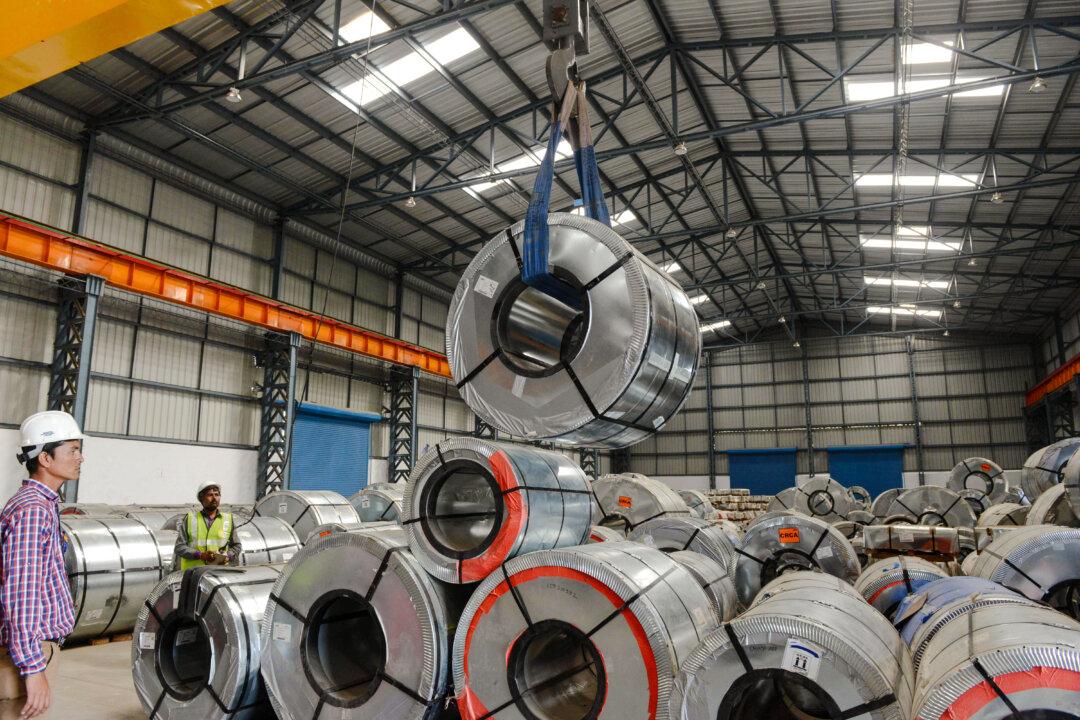The UK will commit 2.5 percent of its gross domestic product to defense spending by 2027 and will target 3 percent GDP spending for defense within the decade, British Prime Minister Keir Starmer announced on Feb. 25.
Addressing the British Parliament on Tuesday, Starmer detailed his plans to pursue “the biggest sustained increase in defense spending since the end of the Cold War.”
The UK currently spends about 2.3 percent of its GDP on defense spending and has been one of the few NATO members to meet the alliance’s goal for member nations to spend at least 2 percent of their GDP on their military.
Starmer said his plan for the UK to reach a 2.5 percent GDP defense spending target amounts to an increase of about 13.4 billion pounds ($17 billion) in the country’s military.
“We must go further still,” Starmer said. “I’ve long argued that in the face of ongoing generational challenges, all European allies must step up and do more for our own defense.”
The British prime minister said that depending on fiscal conditions and strategic needs, he intends for the country’s defense spending to rise to 3 percent of its GDP by 2035.
Starmer warned that his planned military spending increases “can only be funded through hard choices.” To pay for the military spending increase, he announced his intent to cut the country’s spending on international development programs.
The UK currently spends about 0.5 percent of its GDP on international development but will instead devote only 0.3 percent to such projects under Starmer’s plan.
“That is not an announcement I am happy to make,” Starmer said. “I’m proud of our priority record on overseas development, and we will continue to play a key humanitarian role in Sudan, in Ukraine, and in Gaza, tackling climate change, supporting multinational efforts on global health and challenges [like] vaccination.”
U.S. President Donald Trump and other members of his administration have increasingly urged European NATO members to take a more involved role in their collective security interests on the continent.
In his first meeting with the Ukraine Defense Contact Group at NATO’s headquarters in Belgium on Feb. 12, U.S. Defense Secretary Pete Hegseth warned that the United States will begin to shift its military focus from Europe to securing its borders and bolstering its interests in the Indo-Pacific region against increasing regional competition from communist China.
During his visit to NATO, Hegseth also raised calls for the alliance’s members to increase their defense spending to 5 percent of their GDP.
Starmer is set to meet with Trump at the White House on Feb. 27.
The British prime minister has expressed a willingness to deploy his country’s troops to Ukraine as part of a peacekeeping force to ensure an eventual peace settlement between Russia and Ukraine but has insisted the United States also contribute security guarantees to Ukraine.







